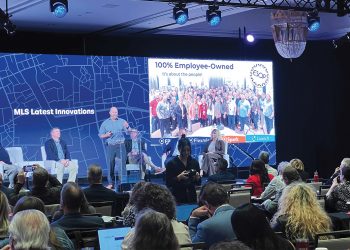“Products and prices are changing so fast that my advice for the general consumer is to try a few LED bulbs and see what they’re like,” says Kelly Gordon, program manager at Pacific Northwest National Laboratory. Bisbee says the right bulb can depend on preferences.
“Lighting is so subjective. We can talk about lab tests and performance metrics, but at the end of day, a lot of it is how it looks to you,” he says. “Try before you buy. Don’t run out and buy 100 of them.”
Rose Jordan, lighting and education program manager at the Midwest Energy Efficiency Alliance, says she has CFLs in her apartment but she bought one LED bulb to try. She liked it so much, she switched almost all her sockets to LEDs. “No matter how much we tell you about the efficiency, what really blew me away was the quality,” she says.
—Energy Star: Some models of CFLs and LEDs have been lousy.
“In the early days, there really was some garbage out there that left a bad taste in people’s mouths,” Bisbee says. “Energy Star is a must.”
The Department of Energy has screened bulbs and donned them with the Energy Star logo. So look for it. For specific bulb brand and model recommendations, see ratings in Consumer Reports.
—Manufacturer: Go with a known manufacturer or retailer that will stand behind the bulb. “I tell people, who you buy from is just as important as what you buy,” Bisbee says. “In my opinion, there’s no need to buy brands you don’t recognize.”
—Pricing: Prices for some of the new-technology bulbs are subsidized by local utility companies, but it’s invisible to consumers because the subsidy is baked into the retail price. That’s why the same LED bulb in one Home Depot might cost $10 and in another one cost $15.
—Cheapskate: If paying a penny more than you need to drives you mad, CFLs might be right for you, says Jeff Yeager, author of books on frugal living, including his most recent, “How to Retire the Cheapskate Way.” He says CFLs will quickly make up the price difference compared with incandescent bulbs and save more over time. Upgrading 15 of the inefficient incandescent light bulbs in your home could save you about $50 per year, the Department of Energy says.
“The difference between someone who’s frugal and a cheapskate is that a frugal person turns off the lights when they leave a room, whereas a cheapskate doesn’t turn on the lights when they enter a room,” Yeager quipped. “So, the quality of the lighting isn’t really a big deal when you use it so rarely.”










